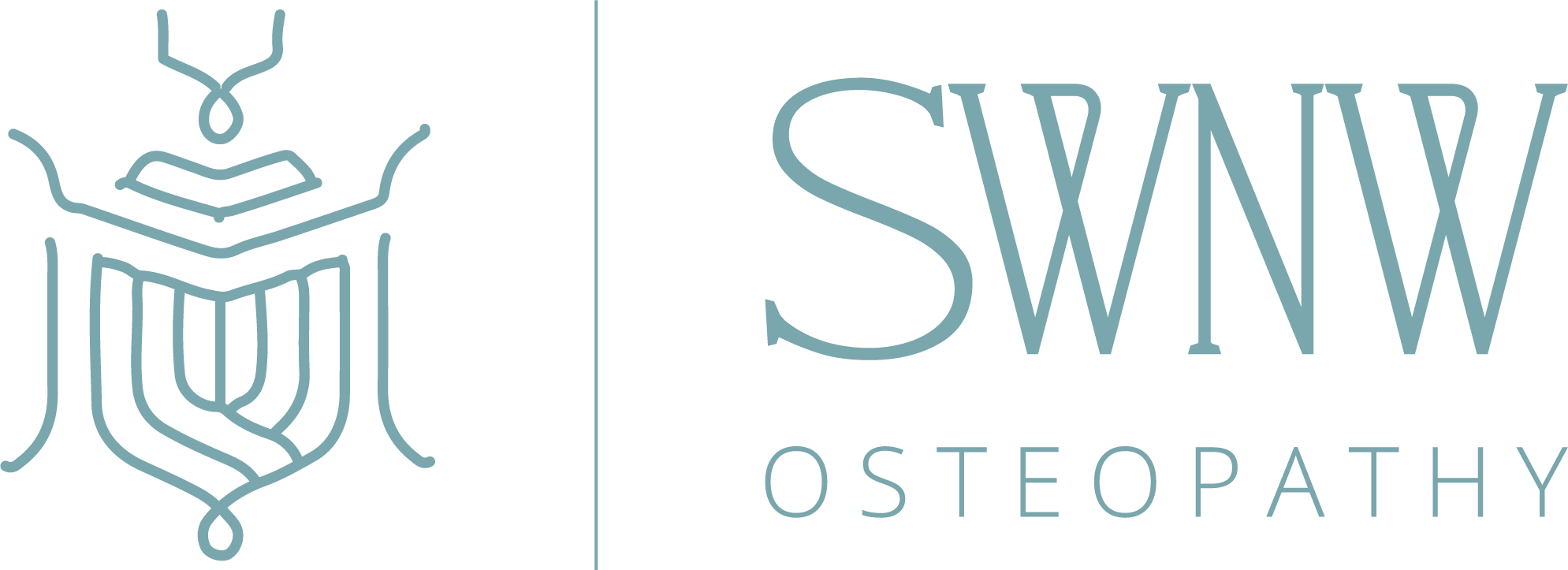Chronic Pain
People who need osteopathic manual therapy usually have complaints of pain. Chronic pain can compromise the daily activities and social life of a person, and frustrated patients often feel a sense of not being “normal”.
Chronic Pain
Chronic pain can be caused by a variety of illnesses such as migraine, headaches, osteoporosis, arthritis, and postural malalignments. Any injury or surgery can also lead to chronic pain. Sometimes the exact cause of the pain is unknown but whatever the cause, it rarely goes away on its own. These patients often suffer from mood disorders and depression, due to chronic pain and compromised quality of life.
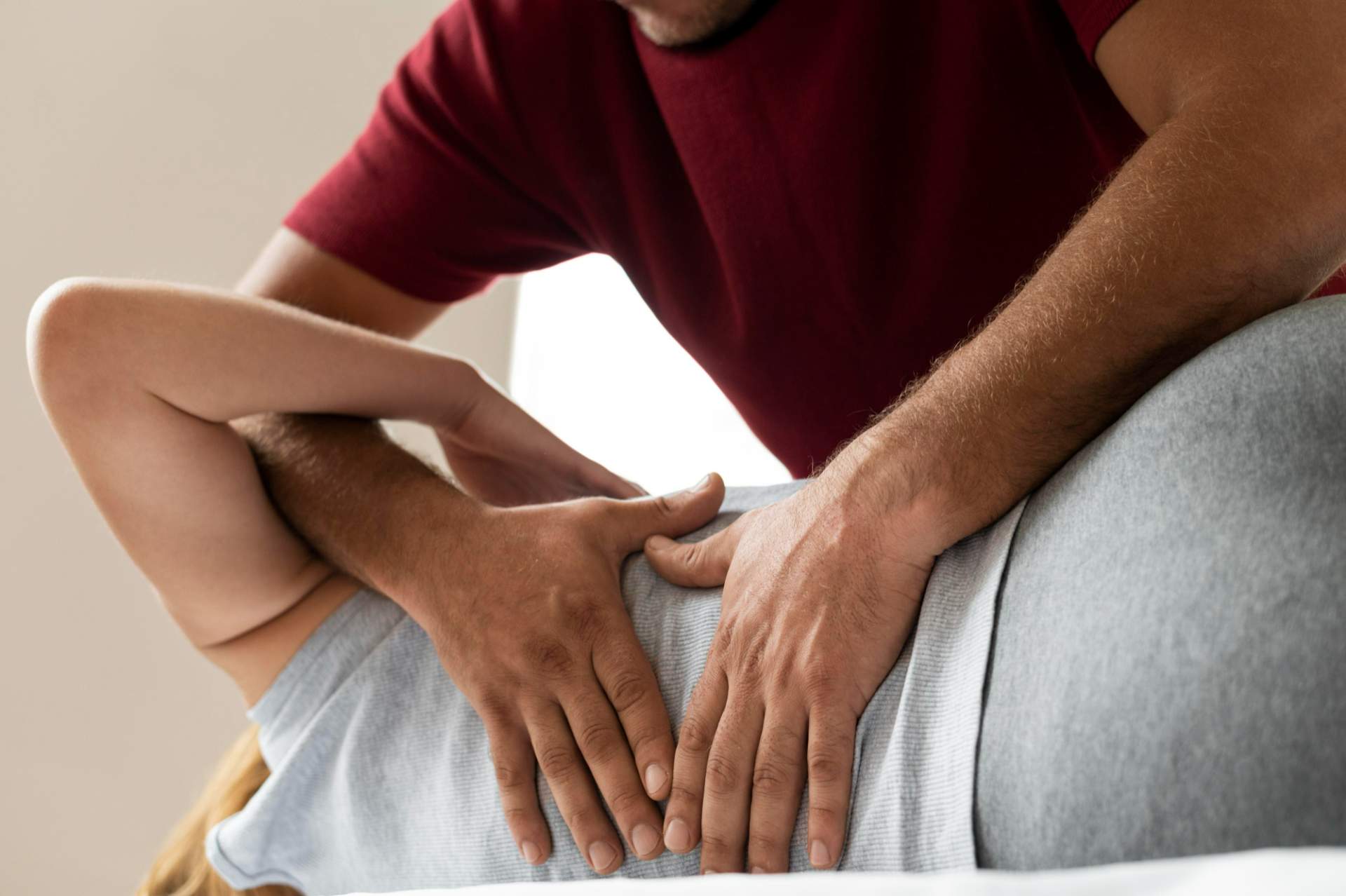


Treatment Goals
There are multiple treatment options for chronic pain; pharmacological treatment, surgical treatment, and osteopathic therapy play the main role in treating chronic pain. Relieving pain without having to use addictive medicines such as opioid analgesics offers great benefits in the long run. The aim of the treatment is not always to cure the pain but to make the pain manageable. Our osteopath Dr. Karim prepares a customized treatment plan with the patient having specific goals.
The main aim of the treatment is to provide relief from pain, improve the quality of life, and increase the overall function of the patient.
Treatment Strategy
Here at SWNW Osteopathy, the management of chronic pain begins with assessing the intensity of pain and finding out the underlying cause. Once it’s diagnosed, the next step is to treat not only the pain but also the stress and behavior changes associated with it. The whole process includes:
Exploring pain history
Our team takes a detailed history to find out the cause of pain and the circumstances that created the pain and also checks for previous tests and diagnoses.
Discussing previous treatments
We ask the patients about previous treatments they have taken and also if that therapy has worked for them or not.
Collecting information
We ask the patient about factors and circumstances that cause an exacerbation in their pain. Unsurprisingly, most of them are stressful.
Testing pain
We employ certain techniques and tests to find out whether the pain is associated with musculoskeletal injury or not.
Charting up a treatment plan
After a thorough history and checkup, a treatment plan is devised.
TMJ DISORDERS
The temporomandibular joint (TMJ) is the joint that connects the jaw to the rest of the skull. It is the body’s most used joint, and you can see it moving as you open and close your mouth. Fascinating, is it not? Unfortunately, it is also quite susceptible to injuries.
TMJ dysfunction does not always manifest as pain or tenderness. It is interesting to note that it can also lead to headaches, dizziness, and ear and upper neck pain. So, TMJ disorders are not always straightforward to diagnose.


Symptoms Of TMJ Disorders
You may experience the following symptoms if you are suffering from TMJ dysfunction
- Pain in the face, jaw, ear, or inside the mouth, pain in the jaw-movement muscles
- Jaw clicking
- Jaw locking and pain when opening and closing the jaw
- Toothache
- Headache
- Trigeminal neuralgia
The Causes of TMJ Pain
The following factors can lead to TMJ malfunctioning.
- Arthritis
- Stress
- Poor posture
- Clenching or grinding of the teeth
- Teeth misalignment
Osteopathic Treatment for TMJ Dysfunction
When you decide to come to us for treatment, our team will evaluate and treat your symptoms as well as your overall condition.
During an observation, you will stand so that our osteopath can do a postural assessment, which will include observing the head, neck, and spine relationships, as well as the position of the TMJ in relation to the skull, anterior and posterior cervical soft tissues, and shoulder girdles.
Following that, the neck, jaw, and craniofacial bones will be assessed and treated specifically. This includes soft tissue techniques for muscles, ligaments, and fascia, as well as specific techniques for releasing tensions at the articulations of the neck, cranial and facial bones, and the temporomandibular joints. To reach deeper structures, the osteopath may perform gentle stretches and manipulations inside the mouth. Techniques for temporarily separating the two joint surfaces of the mandible and the base of the skull. This separation or gapping allows the joint to reset itself comfortably and may include movement that was lost due to excessive tension on the restricted side.
Digestive Disorders
Digestive issues have become quite prevalent these days and there are multiple factors responsible for them, including stress, anxiety, or any pre-existing illness. It is important to seek treatment for digestive problems even if the symptoms are mild because if remain untreated, these can transform into more serious and chronic disorders. Many digestive disorders share common symptoms and therefore, people often tend to take them lightly.
When our digestive system is activated after a meal, it releases various enzymes, causes the breakdown of food, and eliminates stools, fluids, and other waste products. When the digestive system is not functioning properly, symptoms like bloating, indigestion, reflux, constipation, and gas are experienced.
At SWNW Osteopathy, our treatment aims to make the digestive system function more effectively resulting in proper digestion and easy bowel movements.
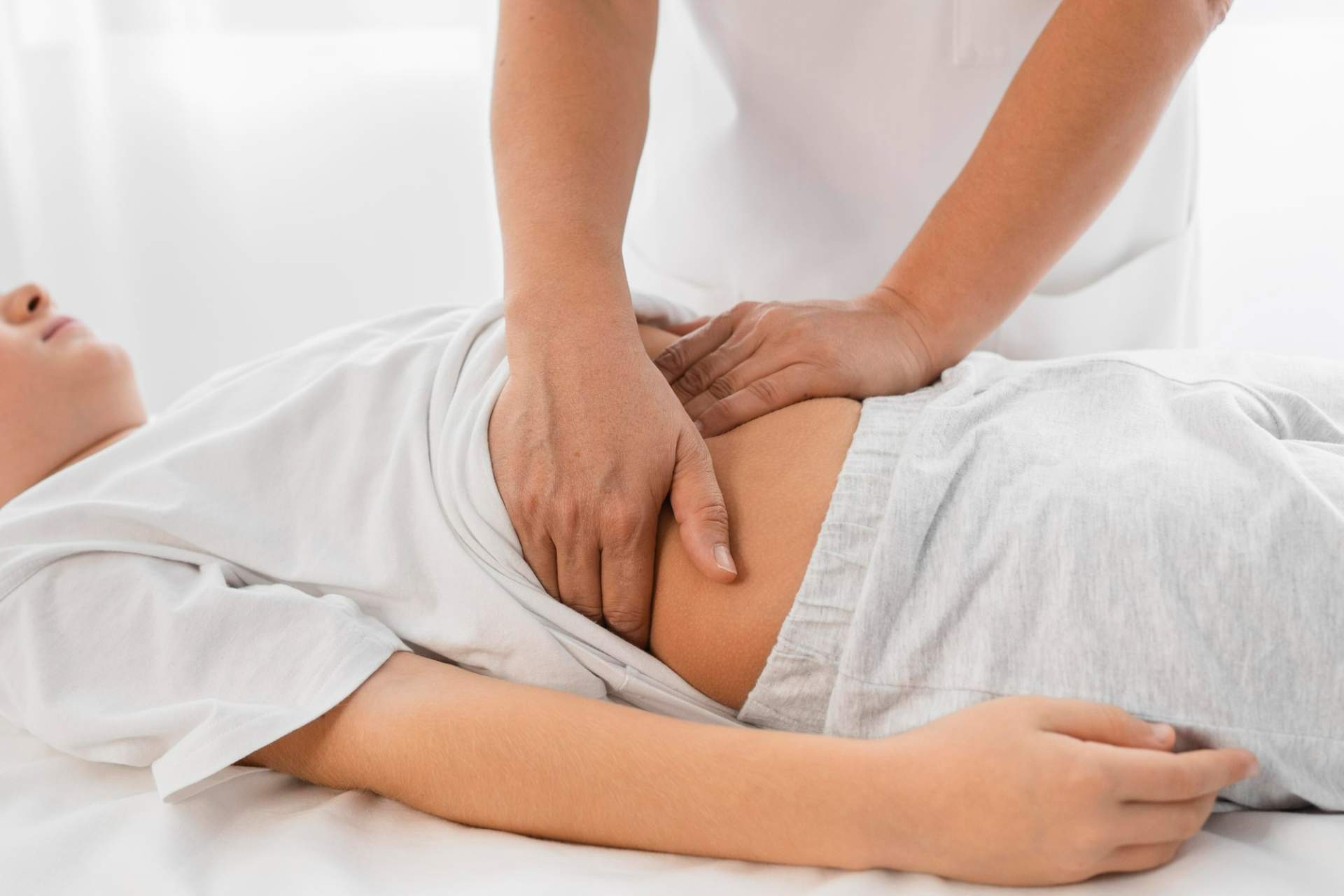

The Symptoms of Digestive Problems
Digestive problems can occur in people of all age groups but in most cases, people take these issues lightly and do not seek treatment. Digestive disorders are caused by multiple factors such as diet, stress, anxiety, and the lifestyle of a person. The common symptoms of digestive disorders are:
- Heartburn
- Diarrhea
- Constipation
- Abdominal Pain
- Abdominal Cramps
- Indigestion
- Abdominal Bloating
How Can Osteopathy Help?
The digestive system is closely linked to our musculoskeletal system, for example, restricted movements of the joints or organs can result in tense abdominal wall muscles with an interrupted nerve and blood supply. These complications can be triggered by pregnancy, after abdominal surgery, or any trauma to the ribs, pelvis, or back.
The treatment starts with our osteopath identifying the imbalance in muscles, joints, and organs and eventually the bodily movements. Osteopathic treatment is then used to fix problems with movements that lead to a relief in digestive symptoms.
Multiple treatment options are available for digestive disorders but the main aim is to treat the root cause. The treatment plan is tailored according to the individual symptoms and needs.
The treatment techniques include
- Stretching
- Massages
- Joint Articulation
- Reducing Nerve Irritation
- Strengthening Muscles
- Joint or Organ Manipulation
Headache and migraine
According to a study, about 52% of the global population suffers from a headache disorder every year, out of which around 14% are migraines. The World Health Organization (WHO) states that headaches are one of the most common disorders that are poorly diagnosed and treated. Headaches have a great impact on a person’s quality of life and can sometimes be very painful and disabling in nature.
At SWNW Osteopathy, our osteopath, Dr. Karim, is skilled in treating headaches using special maneuvers. We also provide treatment for chronic headaches lasting for many years.
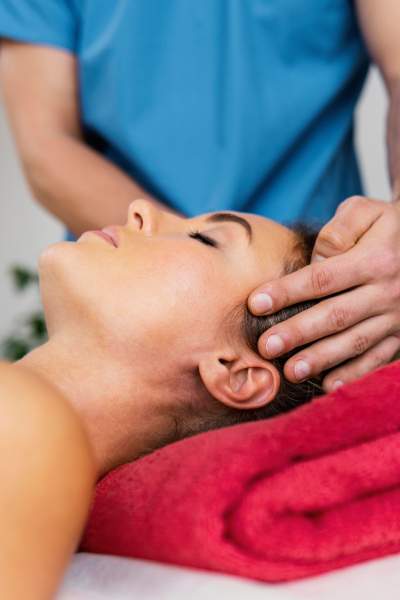

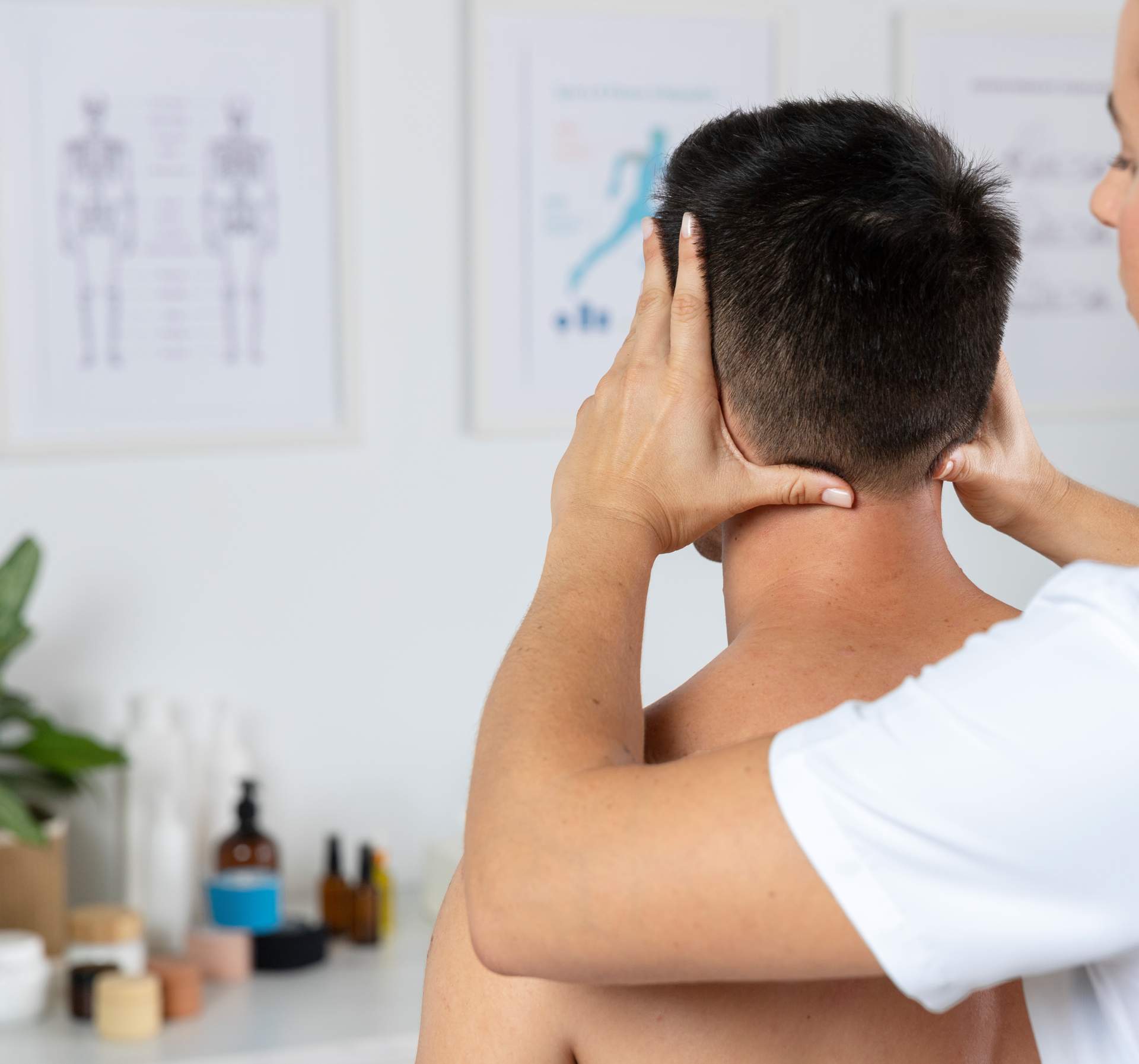

How Can Osteopathic Treatment Help?
Cervicogenic headaches (pain that develops in the neck of a person and they feel it up into their head) can be treated by our osteopath through massaging and by using various manipulative techniques that aid cervical mobility and posture. Some of the most common osteopathic techniques are:
Soft Tissue Massage
Applying gentle pressure to the neck, back and thorax can help loosen up the muscles and joints. This causes the release of pressure and provides relief from muscular tension that could be the reason for the headache.
Osteopathic Joint Articulation
Our osteopath also uses joint articulation techniques such as joint release and movement that can help decrease the level of pain. In the case of cervicogenic headaches, the main area of focus is the mid spine and neck.
Rehabilitation Exercises and Advice
Our osteopath will teach you different techniques to use in your daily life so that the incidence of your headache decreases. Other osteopathic treatment options include changes in posture, rehabilitation, exercises, and lifestyle changes.
Who Can Benefit from An Osteopathic Treatment for Headaches?
People who are suffering from chronic headaches or migraine can seek benefits from our treatment. Musculoskeletal tension and postural issues are the most common cause of headaches which can be treated by our team.
According to studies, manual techniques such as osteopathic treatment along with exercise can provide a long-term benefit in case of cervicogenic headaches and acute tension headaches. In fact, sometimes people benefit more from osteopathic treatment than by using medicines such as amitriptyline.
Fascial Treatment
Our whole body is wrapped and packed by a sheet of connective tissue called fascia that possesses the property of insulation. It covers our body and lies underneath the skin. Fascia helps in the attachment of different muscles as well as stabilizes, encloses, and separates different muscles of our body.
In other words, it acts as a sheet around the muscles and all body organs.
What Is the Role of Fascia in Pain?
If the fascia gets tightened it constricts the muscles thereby decreasing the blood supply causing pain and limiting the range of motion. Factors that cause the tightening of fascia are infection, inactivity, overuse, trauma, disease, and poor postural awareness.
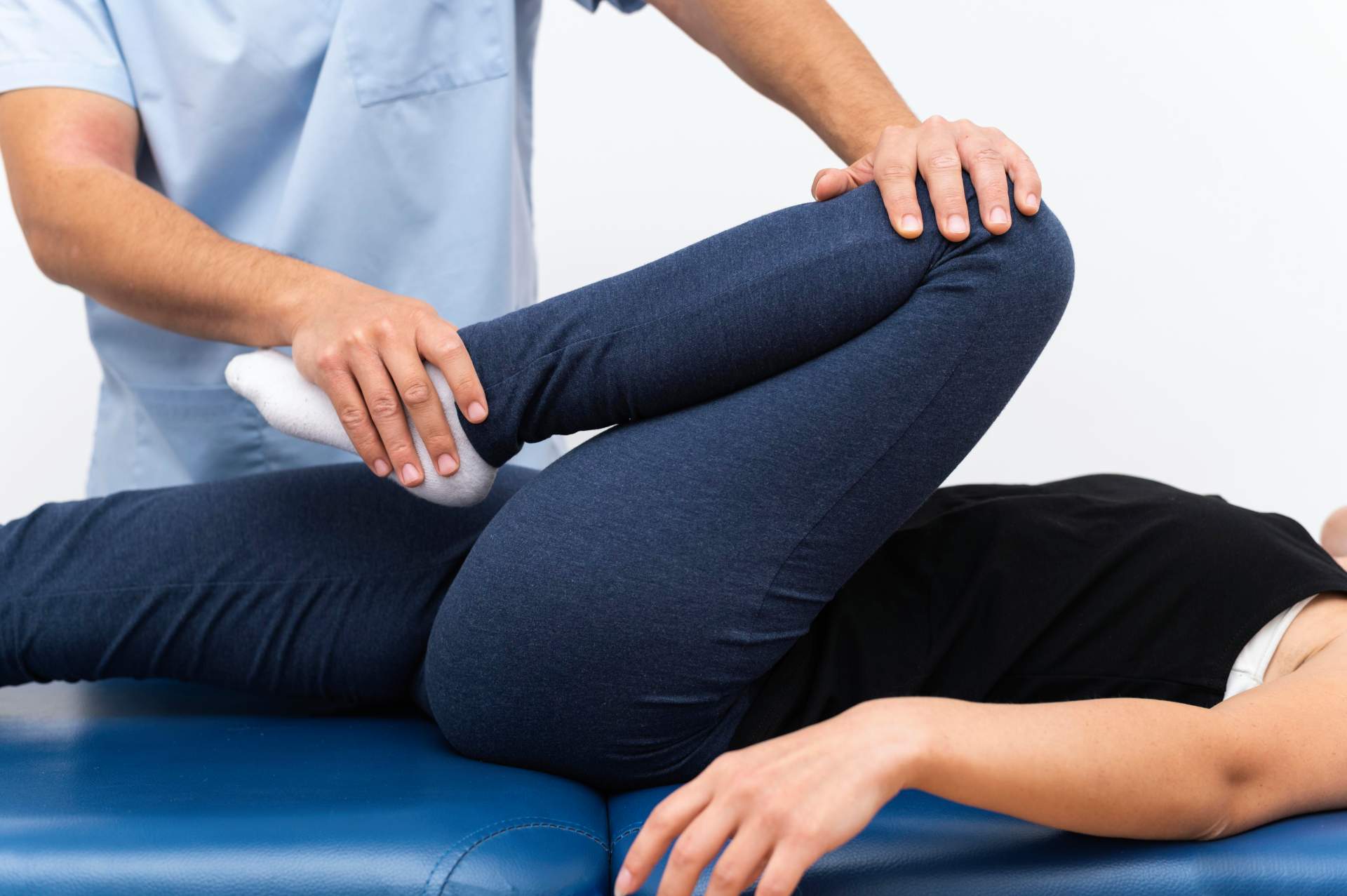

How Do We Treat Fascial Pain?
Our team uses diverse techniques one of which is the myofascial release technique that can be used to treat conditions like:
- Headache/migraines
- Pre and post-natal pain
- Arthritis and joint pain
- Sporting injuries
- Arm and leg pain
- Back pain
- Postural problems
- Muscle strains
- Joint sprains
- Sciatica
Myofascial Release is a technique that helps in the relaxation of fascia in contracted muscles thereby increasing the blood and lymphatic circulation to that area. This technique utilizes a sustained pressure that can be quite gentle or quite firm depending upon the area that is being treated. These techniques can also be named direct or indirect release.
Direct Myofascial Release
In this technique, firm pressure is applied to the fascial layers that cause the stretching of the fascia.
Indirect Myofascial Release
In this technique, gentle pressure is applied to the fascia such that the fascia releases pressure on its own. Our therapist will provide passive movement to your body so that the pressure is slowly released. This technique is known as Functional Myofascial Release.
Other techniques employed to relieve fascial pain include Strain-Counterstain Technique and muscle energy technique. The treatment offered to our patients is tailored to their condition and thus sometimes variable.
